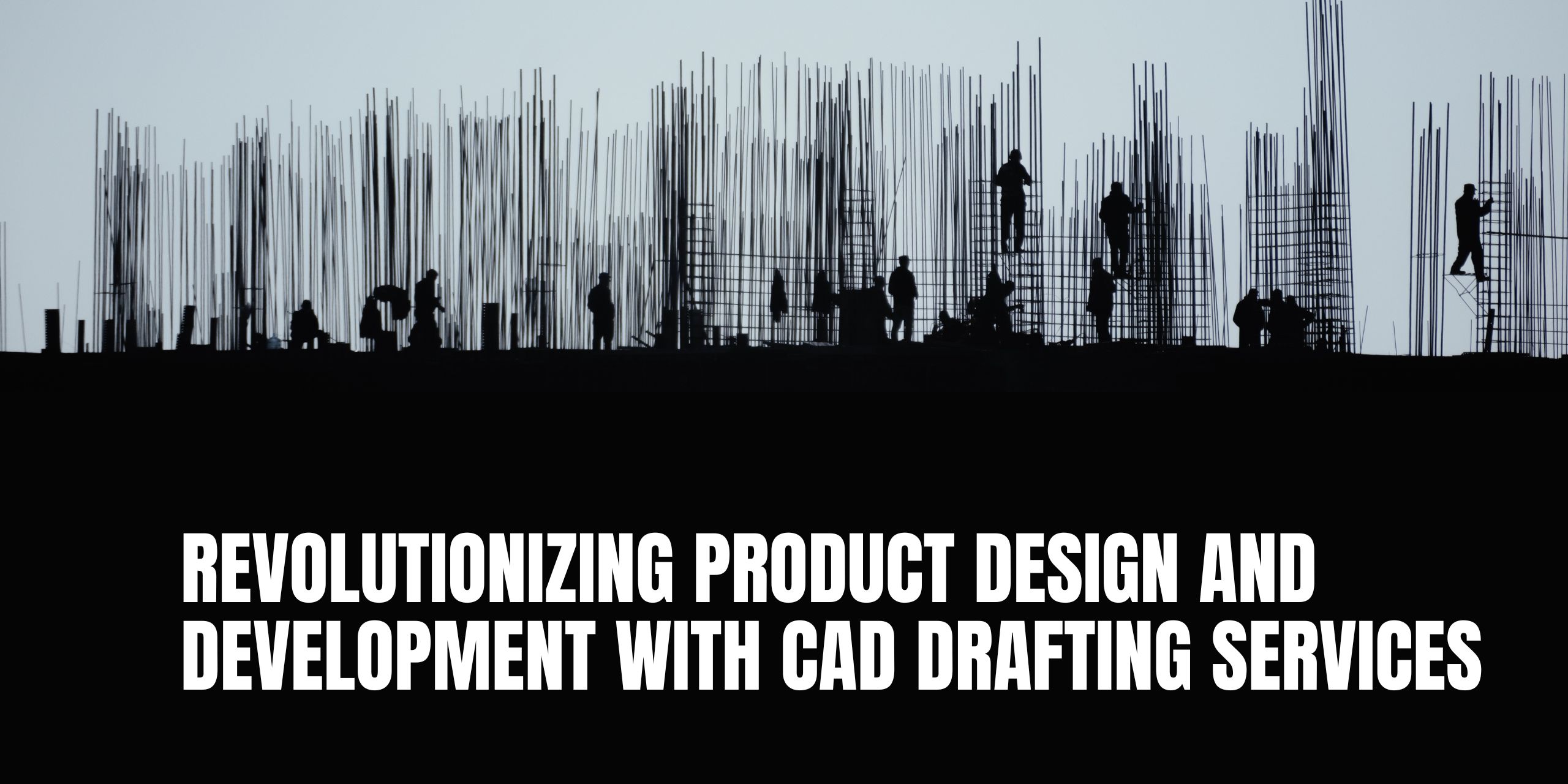In the dynamic world of product design and development, staying ahead of the competition is crucial for success. The advent of Computer-Aided Design (CAD) has revolutionized the way products are conceived, designed, and brought to life. CAD Drafting services play a pivotal role in transforming ideas into reality with accuracy and efficiency, significantly impacting industries across the globe. In this blog post, we explore the indispensable role of CAD Drafting services and how they influence product design and development, along with compelling industry statistics to showcase their significance.
-
The Rise of CAD Drafting Services
CAD Drafting services have witnessed exponential growth over the years, in tandem with the advancements in technology. It allows designers and engineers to create detailed and intricate 2D and 3D models, facilitating a streamlined and comprehensive design process. According to a recent industry report, the CAD market is projected to reach $11.21 billion by 2027, highlighting the widespread adoption of these services in diverse sectors.
-
Precision and Efficiency
One of the most significant advantages of CAD Drafting services is the precision they offer. Traditional manual drafting methods are prone to human errors, leading to costly mistakes during production. CAD eliminates such errors, ensuring accurate measurements and dimensions. As a result, products undergo rigorous testing before manufacturing, reducing the chances of design flaws and saving both time and resources.
-
Faster Prototyping and Iteration
In product development, rapid prototyping and iteration are critical for success. CAD Drafting services enable designers to quickly create virtual prototypes, allowing stakeholders to visualize the final product in detail. This leads to faster decision-making and the ability to make necessary modifications early in the process, significantly reducing time-to-market for new products.
-
Cost-Effectiveness
A common misconception is that CAD Drafting are expensive. However, in the long run, they prove to be highly cost-effective. By minimizing errors and facilitating efficient design, CAD reduces the likelihood of costly revisions during manufacturing. Studies show that businesses using CAD can save up to 75% on design costs compared to traditional methods.
-
Collaboration and Communication
In a globalized economy, collaboration among teams is often essential. CAD Drafting facilitate seamless communication between designers, engineers, and other stakeholders, regardless of their geographical location. This real-time collaboration enhances efficiency and ensures that all parties are on the same page, resulting in faster and smoother product development cycles.
-
Embracing Innovation with CAD
CAD Drafting services have become a fertile ground for innovation. Advanced features like parametric modeling, simulations, and rendering enable designers to explore creative possibilities that were once inconceivable. This not only enhances the product’s aesthetics but also optimizes its functionality, ultimately leading to a better end-user experience.
-
Industry-Specific Applications
The influence of CAD Drafting services extends to various industries. In architecture and construction, CAD allows for precise building plans and visualizations. In automotive and aerospace, it aids in the design of complex parts and structures. The healthcare sector leverages CAD for custom prosthetics and medical devices. In consumer goods, CAD facilitates the creation of stylish and ergonomic products. The list is endless, showcasing the diverse and far-reaching impact of CAD on modern-day product development.
The role of CAD Drafting in product design and development is nothing short of transformative. The precision, speed, and innovation it offers are invaluable to businesses seeking a competitive edge in today’s fast-paced market. As CAD technology continues to evolve, we can expect even greater strides in product development, empowering industries worldwide to shape a better future.d3


